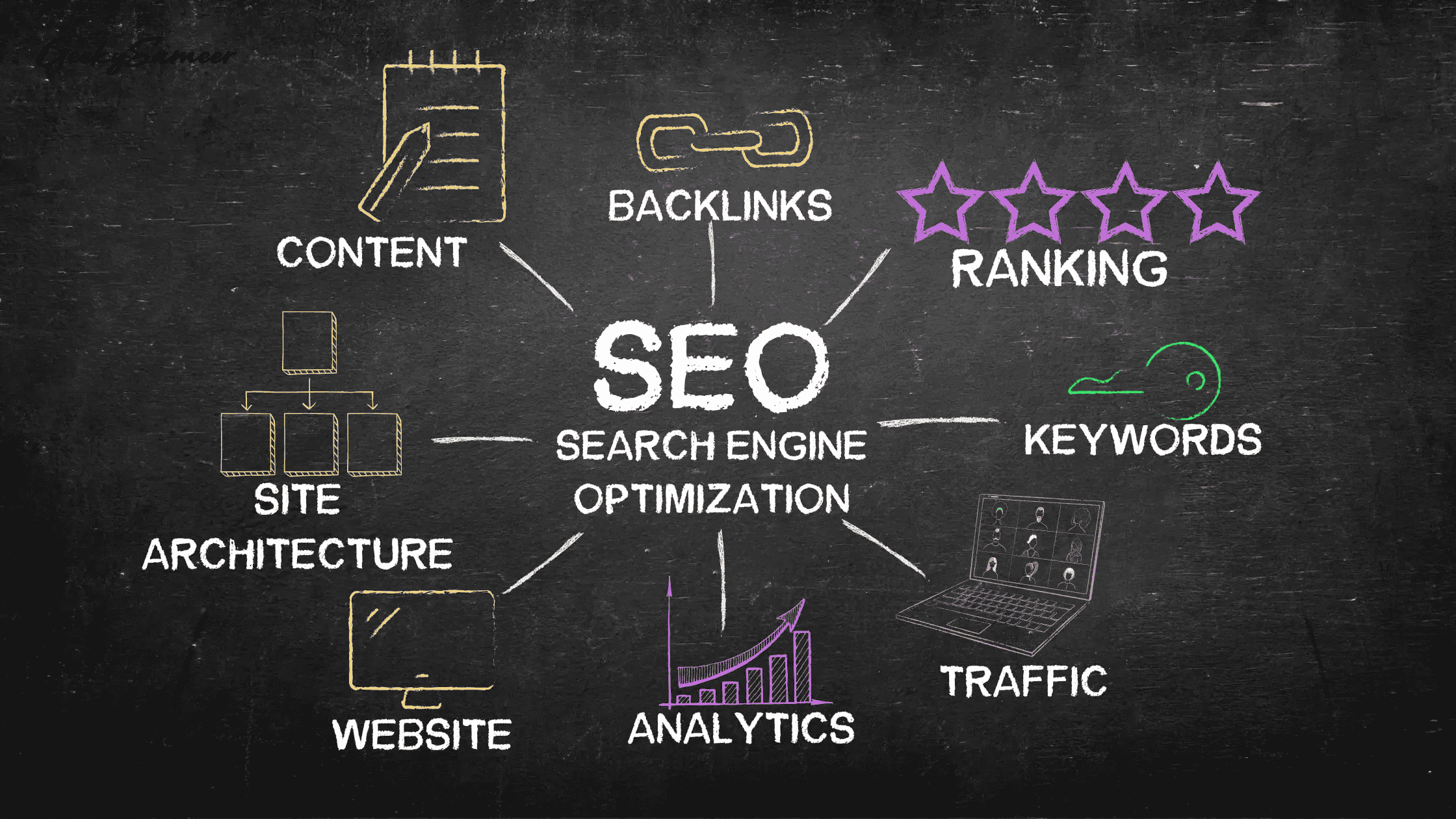Automating B2B Outreach: Solutions for Managing Lead Volumes

For B2B businesses, managing a surge of leads sounds like a win—but when those leads start pouring in, things can quickly get overwhelming. Sales teams often end up buried in repetitive tasks, logging information and juggling follow-ups. However, this doesn’t just waste time; it can also mean missed chances to connect with valuable prospects. The answer lies in leveraging automation to handle high lead volumes with ease.
Automated solutions bring efficiency without sacrificing the personal touch that drives B2B success. From smart data entry tools to automated follow-up systems, these tools keep leads moving smoothly through the pipeline. According to statistics, 67% of B2B marketers leverage automation to improve lead nurturing and support pipeline growth.
Let’s explore how automated solutions can streamline your lead management and make handling large volumes simpler and more effective.
Enhancing Lead Qualification Through Automated Scoring
When you’re flooded with leads, knowing where to start can be tricky. Lead qualification—deciding which leads are ready for a deeper conversation—is crucial to maximizing sales efforts. Automated lead scoring helps solve this by ranking leads based on engagement, interest, and fit. Instead of going through each lead manually, automated tools analyze activity like email opens, site visits, and content downloads to give each lead a score. This way, sales teams can identify high-priority leads without the guesswork.
Automated scoring also helps create a clear focus. Sales teams can jump straight to leads with higher scores, where the chances of a successful interaction are strongest. In turn, this saves time and increases the odds of a positive outcome by connecting reps with those already showing active interest. With an automated scoring system in place, your team is better prepared to work efficiently.
Automating Data Entry and Lead Assignment
One of the biggest time drains in lead management is data entry. Logging information by hand and assigning leads manually can eat up hours that your sales team could spend building relationships with prospects. For this purpose, robotic process automation (RPA) can prove worthwhile as it can transform data entry and lead assignments from tedious chores to automated processes that happen in seconds.

RPA can seamlessly extract lead data from sources like web forms, emails, or spreadsheets, inputting it directly into your CRM system without the need for manual handling. Alongside making data entry faster, it also reduces errors that might otherwise slip through in a busy environment.
RPA also steps up the game when it comes to lead assignments. Imagine new leads being instantly routed to the right person based on factors like region, product interest, or engagement level. RPA can categorize and assign leads within moments, giving your team immediate access to prioritized contacts. This quick assignment process helps your team act faster, responding while prospects are still interested. Ultimately, RPA frees up your team’s time to focus on the human side of selling and leaves the repetitive tasks to the bots.
Personalized Communication with Automated Email Sequences
Following up with leads consistently is key, but keeping track of every lead’s stage and needs can be challenging without some help. Statistics show that 71% of B2B marketers report using automation in their email marketing efforts. Automated email sequences offer a smart way to stay connected, delivering personalized messages based on each lead’s journey. Suppose a lead downloads a white paper, attends a webinar, or clicks on a product page. In that case, an automated system can trigger a relevant follow-up email tailored to that specific action. This approach keeps leads engaged with content that feels personal, even though it’s automated.
Automated email sequences make nurturing leads simple and scalable. With these systems in place, you can keep your brand at the forefront of your mind for each prospect without needing to manually draft each message. Leads receive consistent, timely communications that guide them through the sales funnel, and your sales team can focus on high-touch points where a human connection counts. The result is leads that feel valued and stay interested, making them more likely to convert when they’re ready to take the next step.
Improving Lead Nurturing with CRM Integration
With so many leads to track, a centralized system is essential to keep everything organized and flowing. CRM integration is more than just a database—it’s a tool that brings all your lead data, history, and touchpoints into one place. When combined with automated systems, CRM integration becomes a powerhouse for lead nurturing. Automated tools feed lead information directly into the CRM, tracking every interaction and engagement along the way.

Imagine knowing which email a lead opened, which pages they visited, or which content they downloaded—all in one place. This insight allows your team to create highly personalized follow-ups based on real-time data, helping leads feel seen and understood. Integrating automation with your CRM also means no lead slips through the cracks; each lead receives relevant, timely communication, moves smoothly through the pipeline, and builds trust with every interaction.
Using Chatbots for Real-Time Engagement
Website visitors often have questions that, if answered quickly, can turn them from casual browsers into genuine leads. Chatbots provide this instant support, engaging visitors the moment they land on your page. Instead of waiting for a human to respond, a chatbot can greet visitors, answer common questions, and even qualify leads by asking a few key questions. Besides, 35% of consumers report that chatbots can efficiently resolve their issues most of the time. Chatbots are particularly useful for B2B websites, where visitors may need specific information before deciding to connect with a salesperson.
Beyond answering questions, chatbots also help capture essential lead data. They can ask for a visitor’s name, company, or reason for visiting, then pass this information to your CRM or sales team for a timely follow-up. Chatbots act as your digital front desk, providing quick, helpful responses that keep potential leads engaged and encourage them to take the next step, making them an ideal solution to automate support processes.
Generating and Analyzing Automated Lead Reports
Data is crucial for understanding what works in your lead generation strategy, but manual report generation can be a chore. Automated reporting tools take care of this, compiling real-time data on key metrics like response times, lead sources, and conversion rates. Instead of relying on periodic reports, automated systems give you a constant stream of insights so you can make informed decisions on the fly.

These reports help sales and marketing teams see where their efforts are paying off and where there’s room for improvement. For example, if one lead source has a much higher conversion rate, resources can be allocated to double down on that channel.
Scaling B2B outreach is no small feat, but automated solutions make it achievable without compromising on quality or personal touch. From RPA streamlining data entry and lead assignment to chatbots providing real-time engagement, automation gives sales and marketing teams the tools to handle high lead volumes effectively. In the same way, CRM integration and automated lead reports provide a comprehensive view of each lead’s journey.
Conclusion
Scaling B2B outreach effectively requires a balance of efficiency and personalization, which automation delivers seamlessly. By leveraging tools like automated lead scoring, data entry, email sequences, and CRM integration, businesses can manage large volumes of leads without missing critical opportunities. Chatbots and automated reporting further enhance real-time engagement and strategic decision-making. These solutions not only streamline operations but also foster stronger connections with prospects, ensuring high-quality interactions that drive conversions. With automation, handling a surge in leads becomes manageable and productive, empowering B2B teams to focus on building meaningful customer relationships.






